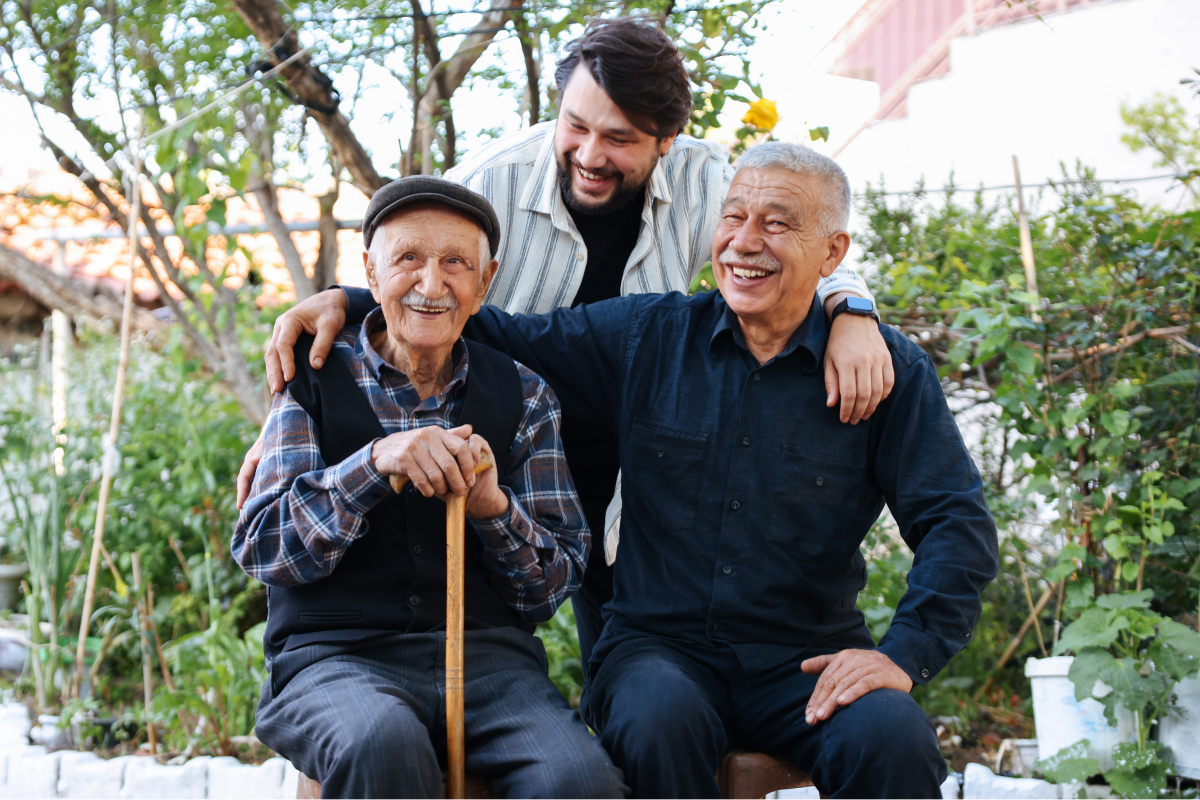Declining Housekeeping and Appearance
Cluttered houses may not just be an eyesore, but also a sign that your parent could benefit from a transition to a senior community. Homes not kept in the best condition hint at a lot more going on beneath the surface of stacks of magazines. For one, it may be painful for your parent to pick things up.
After years of taking care of the entire home, age may finally be catching up and making household chores like cleaning more difficult. Home neglect may also point to more serious mental dissatisfaction that isn’t easily expressed to loved ones.
Another telltale sign is a generally disheveled appearance, including dirty or tattered clothes, greasy hair, or body odor. Any change in appearance can be cause for concern, as well as the impetus for broaching the topic of senior living. Be sure to notice if your once-fashionable mom comes to the door in a disheveled robe or if your always clean-shaven dad starts neglecting his routine grooming rituals.







